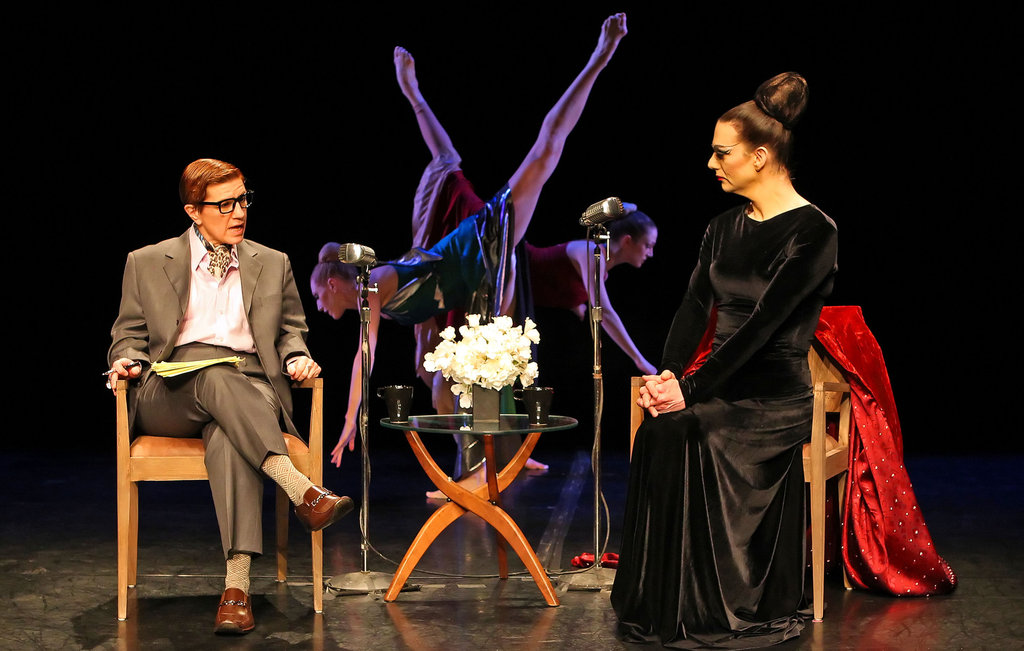Elba Hevia y Vaca deconstructs flamenco, contextualizing the importance of rhythm and emotion and explaining her strong affiliations with the dance form. Her heels thud on the concrete floor of @exuberance as she places down a wooden square. Stepping atop the wood, the sound from her heels becomes clear, resonant. She claps and stamps, clicking intricate rhythms with her tongue. Her feet move faster and faster, then slower, like an engine running out of steam. She breathes heavily and stumbles off the wood, saying, “That’s not so easy as I get older.”
Belén Maya, renowned flamenco artist, directed Hevia y Vaca, choreographer and performer of La Bolivianita, in this autobiographical exposé. Interspersing storytelling with movements rich in emotion, Hevia y Vaca takes us on a journey through her complicated heritage (born in La Paz, Bolivia, she recently discovered that she is descended from Indigenous Andean people, rather than the Spaniards), and punctuates her sorrows and joys with embodied expression.
Hevia y Vaca removes her heels and places a round red hat on her head. A Bolivian folk song plays and she picks up a short red coat, adorned with detailed decorations and sequins. Swooping and stepping to the traditional tune, she sings, “La li la la la,” as if almost knowing the lyrics. She presses the coat against her chest, almost wearing its identity. I imagine her as a child, learning to dance these steps by listening and looking.
After setting aside the Bolivian costume, Hevia y Vaca comes to her bata de cola (the traditional flamenco skirt), and says, “She (the bata) and I have been through a lot together. She is the baggage I carry behind me.” Hevia y Vaca effortfully crawls under her bata; she is hidden by its layers before emerging on the other side. As she rises onto her feet, the skirt settles on her hips. She stands with a new kind of presence—mature, knowing. “Mother,” she says. “How can I be a good mother if I never had one?” She spins around in agitation, the long train of skirt tangling between her legs before she flicks it back into place with a foot. As the skirt settles, so does she; they are partnered, emotionally, physically. She takes the fabric of the bata and scrubs the floor, as if scrubbing away her past.
Still wearing her bata, Hevia y Vaca tells us that she’s going to perform a Bolivian folk dance. She puts on her heels, the Bolivian coat and hat, and asks us to clap a simple rhythm with the music. She bobs and steps through the intimate space, swirling a grey handkerchief, lifting the bata away from her feet. She is both folk and flamenco, Indigenous and Spanish.
La Bolivianita, Elba Hevia y Vaca / Pasión y Arte, @exuberance, 2019 Fringe Festival, Sept. 19-22.






